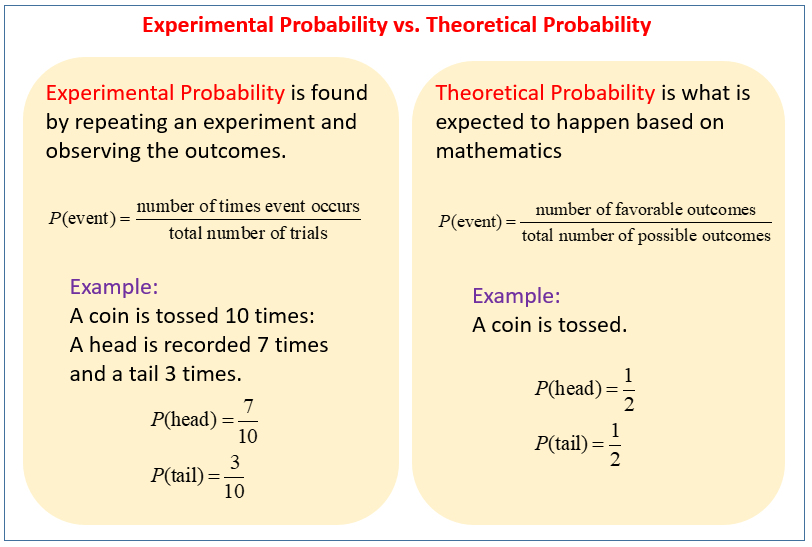Today We Discussed:
We began our discussion of relations and functions today. We will take several days to cover this first section as it contains a lot of new vocabulary, and symbolism that will take some time to get used to. We discussed what a relation is (set of ordered pairs), what the domain is (inputs) and what the range is (outputs). We also talked about functions which are just special relations where there is only a single output (range value) for every input (domain value). We also talked about function rules (an equation that describes a function), and we introduced function notation.A quick mnemonic to remember what terms are associated together is DIXI-ROYD. A summary of terms and how they are related is shown in the graphic below.
Vocabulary: relation, domain, range, function, vertical-line test, function rule, function notation, mapping diagram, DIXI-ROYD






